Is Your Backyard Safe For Your Pets?
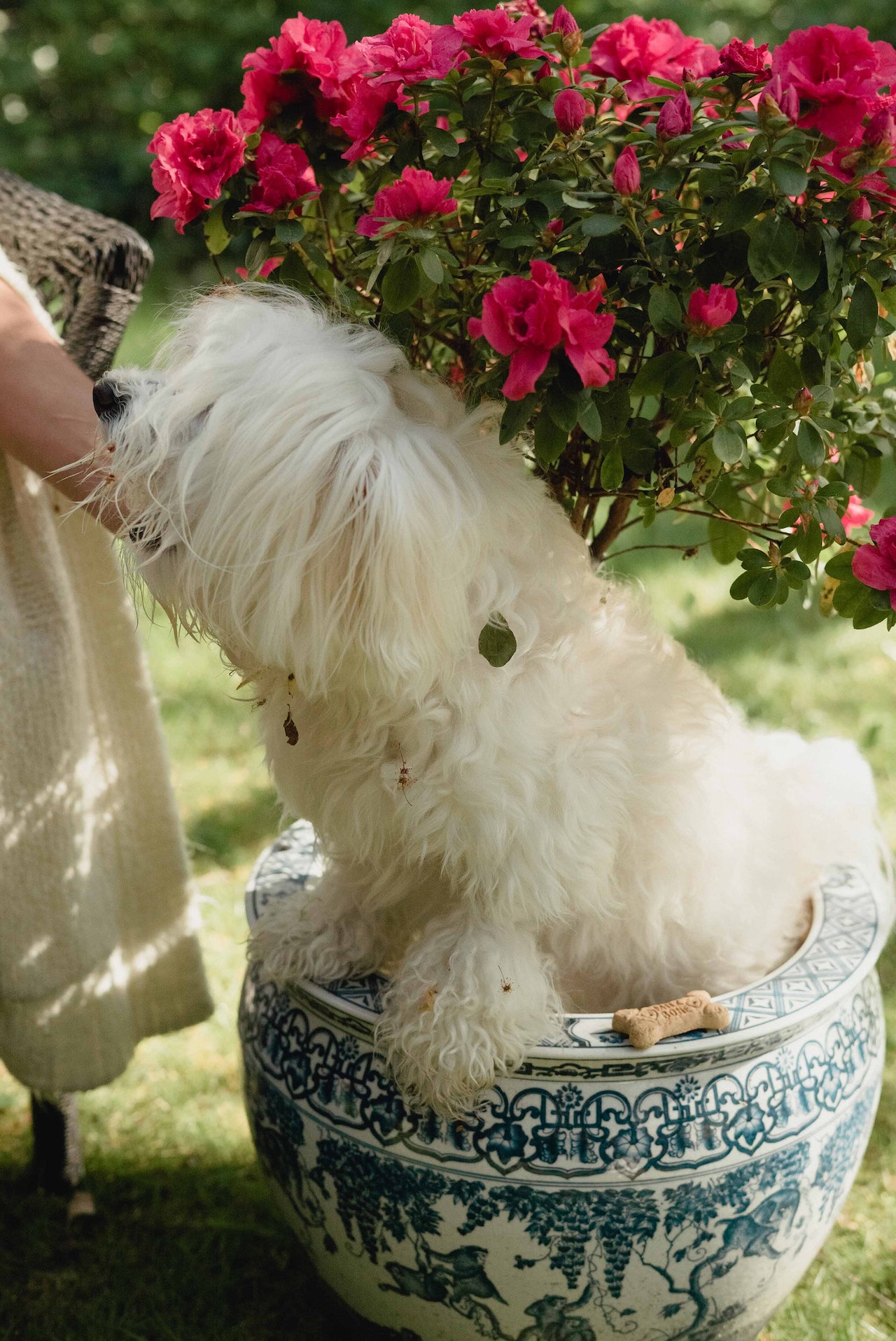
Backyard Dangers For Your Pets
Backyards are places where you can enjoy your own space and play with kids and pets. Many pets spend time alone in the backyard when their owners are out or at work so it is important to be aware of backyard dangers that may affect them.
Some of the things that can be dangerous in the backyard are poisons, toxic plants, sticks, poisonous visitors, swimming pools and fences.
Toxic plants that can be a backyard danger
You may not be aware of the number of toxic plants in your yard. Some of them are very surprising.
Poisonous plants include azalea, bleeding heart, buttercup, cyclamen, daffodil, daphne, delphinium, eggplant leaves, hyacinth, hydrangea, iris, lily of the valley, narcissus, peony roots, rhododendron, rhubarb leaves, tomato plant leaves and tulip.
Pips or seeds of the following can be dangerous as your pet can choke on them if swallowed – apple, apricot, avocado, cherry, macadamia and peach.
Trees/bushes that may be harmful include avocado, holly, sago palm, yesterday today and tomorrow and oleander.
Leaves, twigs, seeds and stems of peach, plum, apricot and cherry trees, contain gallotannin and cyanogenic glycosides. These chemicals can cause shock, dilated pupils, difficulty breathing and sometimes even death.
You may want to either remove or restrict access to these backyard dangers so that your pets are safe.
Sticks
Many vets have reported that stick injuries are common. Throwing a stick for your dog is a game that dogs, and their humans, love. One of our clients reported that they had to take their dog to the vet after a game of fetching a stick. This occurred because, when they threw a stick for their dog, it got caught in his mouth and throat and they couldn’t remove it without veterinary assistance.
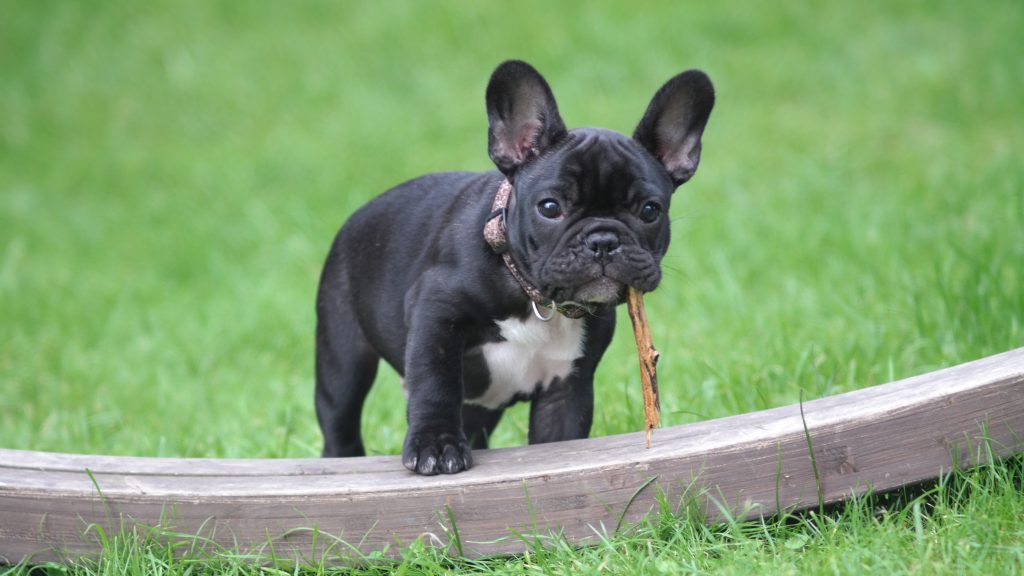
Some dogs have injured themselves when chewing a stick. Splinters from the stick have pierced the windpipe or stomach lining or travelled further into the bowel and becoming lodged there.
It is safer for your dog to play fetch with a ball or toy rather than a stick.
Poisons – another potential backyard danger
Many dogs have ended up at the vet after eating snail bait. Unfortunately, dogs and cats can be attracted to snail bait. If you have a snail problem, have a look at these cheap and interesting natural slug and snail controls that won’t be dangerous for your pets.
Dogs can be attracted to potting mix and may want to stick their nose into the pack, or even eat some. Make sure you keep all potting mix and all poisons locked away.
Poisonous visitors that are backyard dangers
There isn’t much you can do to prevent unwelcome visitors like snakes, spiders and ticks. The best prevention is to keep the lawn mowed and garden trimmed so that there are less hiding places.
Cane toads secrete a poison that can kill pets. Unfortunately, some pets think cane toads are great fun and chase them. If you live in a cane toad area, you need to either train your pets to leave them alone or take them out on a lead at night.
Swimming pools
Sadly, some pets have fallen into pools and not known how to get out. If you have a pool it is a good idea to teach your pet how to get to the steps and get themselves out. Better still, make sure they can’t get into the pool area.
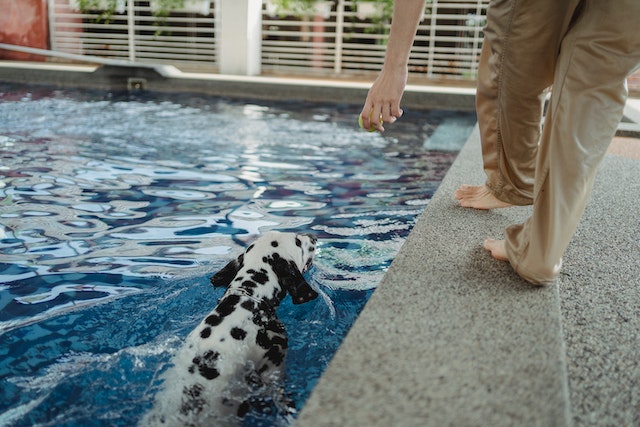
Your fences
It is important to have good fencing that will prevent your dog from escaping and wandering the streets.
It is equally important that you maintain your fences to prevent any possible injuries. Broken or splintered palings can cause injuries as can pointed palings. If you have pointed palings, ensure that your dog can’t jump to that height and impale themselves.
Conclusion
While the backyard should be a safe place for your pets it is important to check all of the above to avoid any backyard dangers that can cause illness or injury.
“Don’t Fret Pet!” dog minders
At “Don’t Fret Pet!” we interview our minders to ensure that they have a safe environment and are aware of safety measures. If you want your dog to have a happy and safe holiday click here for more information.
Recommended Posts
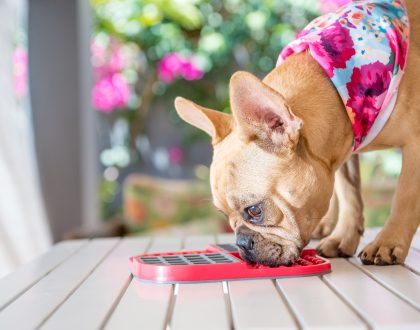
Lickimat – 20% OFF
February 27, 2024
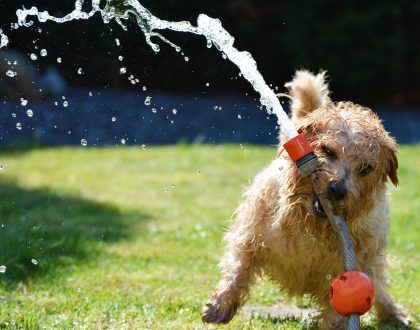
Hot weather and your dog
January 05, 2024

Frozen Kong recipes
January 05, 2024

